Bread and Bloodsports
On The Most Dangerous Game, Class Warfare and Eating The Rich
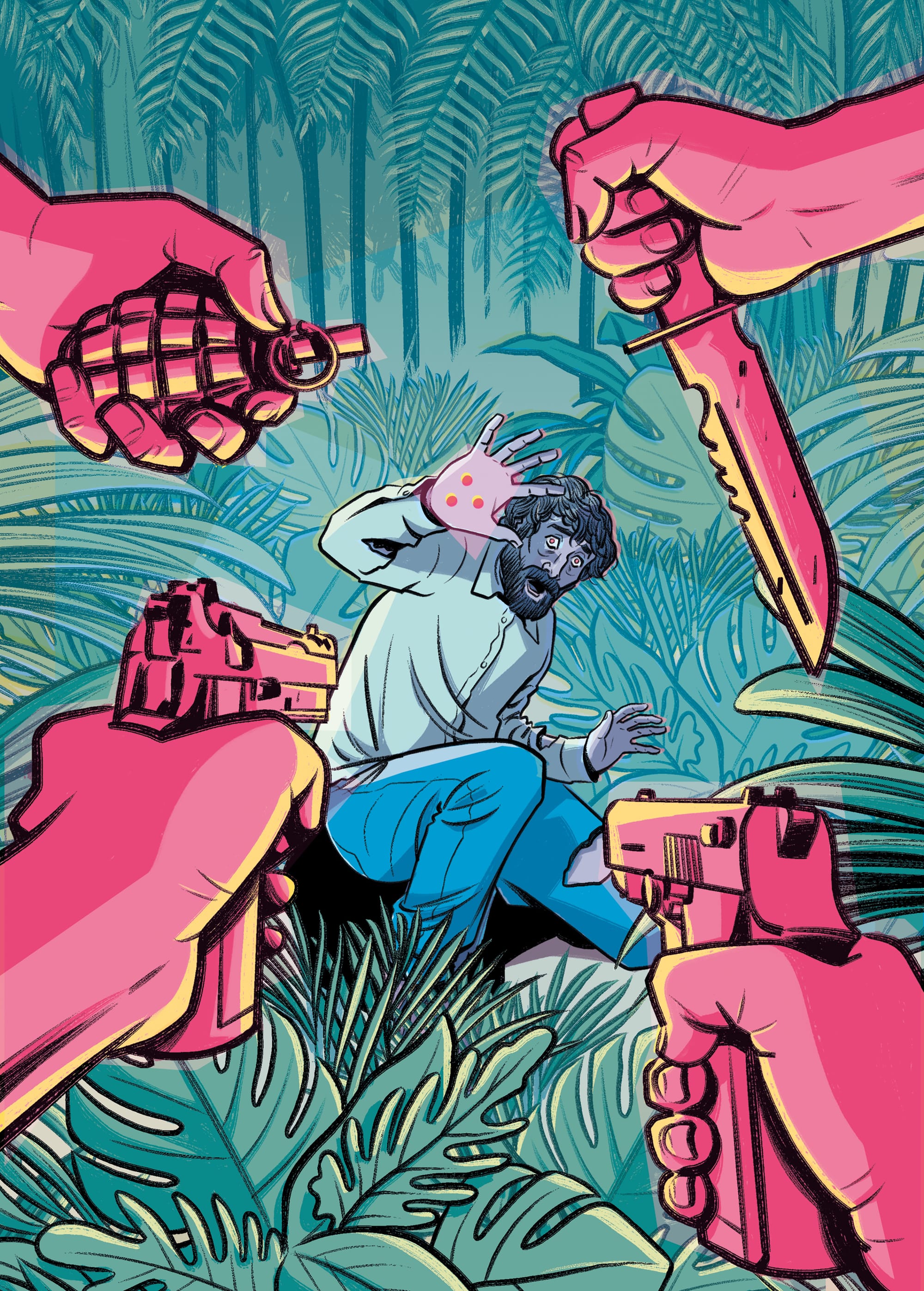
Note: This article was first published in the latest issue of Beneficial Shock magazine (the Fun & Games issue). Editor Gabriel Solomons was kind enough to let me repost it here.
“Murder is a crime!
Unless it was done,
By a policeman or an aristocrat.”
- The Clash, Know Your Rights
The UK has been suffering the impacts of over a decade of austerity, a devastating pandemic, and a series of ruinous economic policies. Growth has largely stalled, inflation has soared, and with a hollowed out social safety net, more people have been falling through the cracks. According to a Joseph Rowntree Foundation report, more than one in five people (14.4 million) were in poverty in 2022.
The rest of the world is not faring much better. According to the world bank, 9.2% of the population (719 million people) live on less than $2.15 a day. In the United States alone, 37.9 million people were living in poverty in 2021.
Alongside this, sales of luxury goods have been steadily rising. The ten richest men in the world doubled their fortunes during the pandemic while the income of 99 percent of the population fell. According to Oxfam Executive Director Gabriela Bucher: “They now have six times more wealth than the poorest 3.1 billion people.”
Global inequality has been increasing at a steady clip since the 1980s but it was supercharged during the pandemic. Capitalism has always been adept at profiting from human misery. Class warfare has been our reality for some time and more people are starting to notice: the game is, and always has been, rigged.
This has not gone unnoticed by cinema. Thanks to the critical and commercial success of class conscious films like Bong Joon-ho’s 2019 Parasite, and Rian Johnson’s Knives Out films, we’re seeing an emergence of what is being referred to as Eat The Rich media.
But is this a new phenomenon? A 100 year old short story about class warfare has been its own cinematic sub-genre since the 1930s, and continues to be remade and reinvented today. It has inspired The Hunger Games, The Purge, Squid Games, Ready Or Not, The Hunt, Predator, and countless others. Richard Connell’s The Most Dangerous Game, first published in 1924, is arguably the most influential short story in cinema.
In The Most Dangerous Game, the lead protagonist Sangor Rainsford - a renowned big-game hunter - finds himself on a remote island after a boating accident. There, he meets Russian aristocrat General Zaroff, a fellow hunter who, having grown bored of stalking more quotidian prey, has taken to hunting humans. A game of survival between Zaroff and Rainsford ensues.
It is, I think, no accident that Zaroff is a rich aristocrat who spends his days hunting working class sailors unlucky enough to find themselves on his death trap of an island. It remains a potent metaphor for the inherent asymmetry of power between the haves and the have-nots.
Over the next four decades, there are four major silver screen adaptations of the tale: The Most Dangerous Game (1932), A Game of Death (1945), Run for the Sun (1956), and Bloodlust! (1961). Each entry showcasing the premises’ malleability at reflecting the socio-political environment of the era. Zaroff morphs from a Russian aristocrat to a Nazi war criminal in the post war years, while his prey evolves into a group of terrified young adults in the early sixties amid the mid-Century invention of the “teenager”.
The class commentary in these films is fairly overt. With the hunters’ talk of fair play and sportsmanship undermined by the way in which they stack the deck in their favour with hunting dogs, rifles, and additional manpower. The game is always rigged. But it’s also worth noting that the villains are foreign aristocrats. Old European money versus new American wealth. The heroes are not coded as working class or critical of the system, just exceptional Americans who can beat the system at its own game. They can do class warfare harder.
In the 1950s, writer Robert Sheckley wrote two short stories that iterated on The Most Dangerous Game and would go on to heavily influence the future of the Bloodsports sub-genre. In 1953’s The Seventh Victim, a near future society maintains an uneasy peace by allowing violent members of society to join The Big Hunt - a human hunting game organised by the Emotional Catharsis Bureau. Then, in 1958, he also penned The Prize of Peril, in which the protagonist, Jim Raeder, takes part in a futuristic reality TV show that sees him hunted in a battle of life and death for the entertainment of millions.
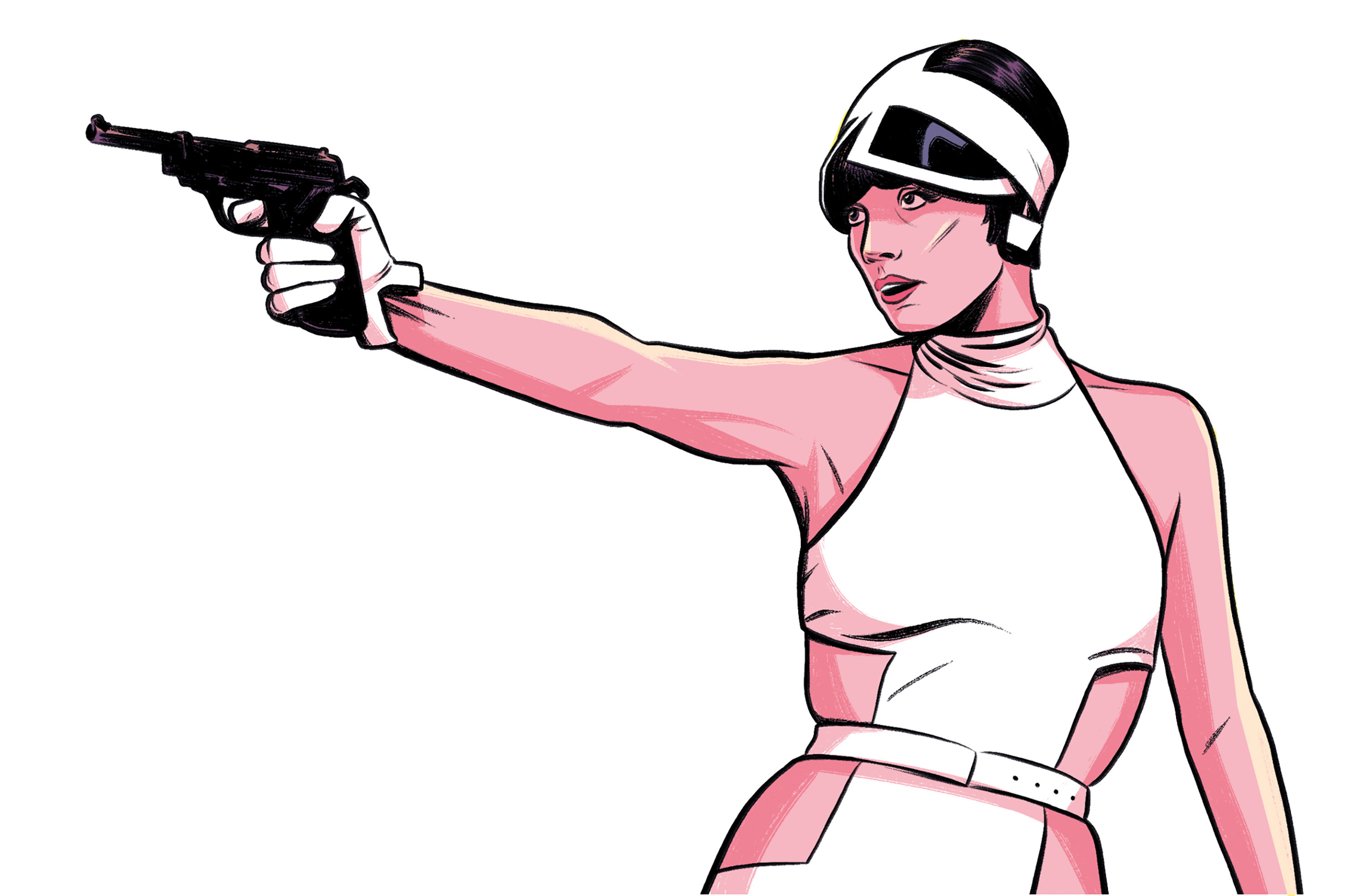
These stories add compelling and nihilistic wrinkles to Robert Connell’s blueprint. Chiefly, they ask the question: why would the rich and powerful waste their time killing the powerless themselves, when they could have the plebeians kill each other instead? It spoke to a growing anti-establishment sentiment in the 1960s. One that was highly critical of authoritarianism and manufactured consent.
Sheckley’s work saw numerous direct adaptations like Das Millionenspiel (The Million Game, 1970), Le Prix du Danger (The Prize of Peril, 1983), and the gloriously camp La Decima Vittima (The Tenth Victim, 1965). But you can also see Sheckley’s influence on Peter Watkins’ Gladiators: The Peace Game (1969) and his 1971 masterpiece Punishment Park.
“I came across the anti-Communist ‘McCarran Act’, or the ‘1950 Internal Security Act’, as it was also known. This draconian U.S. legislation provided for the setting up of places of detention (in effect concentration camps) for those accused by the government of subversion, or of even considering subversion. From this nightmarish piece of legislation I devised the idea of ‘punishment parks’ being set up by the U.S. government.” - Peter Watkins
In one of these ‘punishment parks’, conscientious objectors, civil rights activists, and student protestors looking to commute their absurdly punitive sentences - are forced to run 50 miles across the California desert before the pursuing National Guard can catch them. If they succeed, they earn their freedom. The film is a mockumentary - cutting between the sentencing/trial of Group 638 and the fates of Group 637 within a punishment park.
It’s a powerful and incisive work brimming with righteous fury. Offering no hollow catharsis nor easy solutions. Indeed, with the cynical and brutal institutional response to peaceful student protests happening as I write this, Punishment Park remains as vital now as it was on its release.
While 1982’s Turkey Shoot - a lighter, Ozploitation remix of Punishment Park - continued to iterate on the idea of imprisoning and hunting political dissidents, other eighties and nineties Bloodsport films aimed their satire at the Reagan era. The hunted were no longer political activists and revolutionaries. They were the homeless, forgotten military veterans, and desperate people facing poverty. In Stephen King’s The Running Man, Ben Richards agrees to star in a dangerous reality show in order to pay for life-saving - but prohibitively expensive - medicine for his child. Unlike the cinematic adaptation, King’s Richards spends his time on the show trying to educate the watching public about damaging air pollution and corruption. His clarion call is to implore people to stop watching - to go outside and touch grass. On an interesting meta-level, Paul Michael Glaser’s 1987 adaptation eschews this message for - admittedly fun - spectacle and increasingly strained Schwarzenegger one-liners.
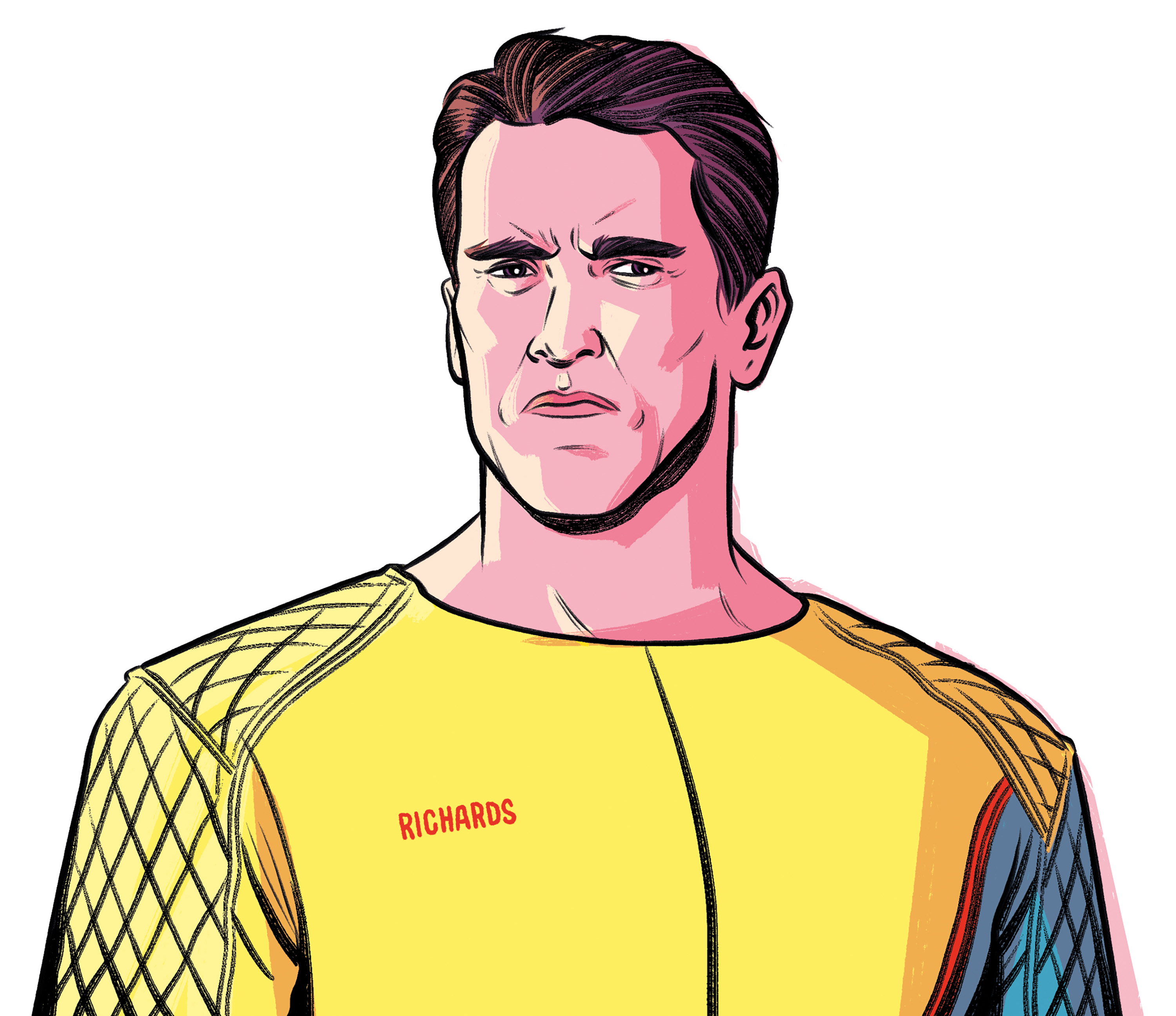
Schwarzenegger starred in another The Most Dangerous Game variant in the same year: John McTiernan’s 1987 Predator - a sci-fi action classic that revisited the original premise of a foreign aristocrat hunting blue collar workers. But in an era in which America feared no-one, they turned to the stars for an enemy that could possibly pose a threat.
Hard Target (1993) and Surviving the Game (1994) offered us further anti-capitalist critiques, with opportunistic private companies who arrange human hunts for rich businessmen with money to burn, and something to prove. Here, a very nineties neo-liberal wrinkle is folded into the mix - with free market middlemen serving the homicidal desires of Wall Street sociopaths.
By this point of the nineties, reality TV game shows began to dominate the airwaves much as Sheckley’s speculative fiction foresaw. This, coupled with the beginnings of early internet culture, saw dark Bloodsport satire that was able to build on Sheckley’s work with more sophistication and specificity. Series 7: The Contenders (2001) is a bleak variation on The Seventh Victim that cannily uses the familiar and established editing techniques of reality TV against itself. Similarly, Marc Evan’s My Little Eye (2002) uses the unsettling voyeurism of Big Brother and The Real World to deliver a caustic found footage horror that is often overlooked.
In a return to the teenage protagonists of Bloodlust!, 2000’s Battle Royale follows a class of high school students forced to fight to the death by a totalitarian government. Principally an allegory about the highly competitive Japanese education system, the focus on the young being sacrificed by their elders, as in Cabin in the Woods (2011), is a potent metaphor for the way in which children pay the price for the myopic selfishness of older generations. Whether it is climate change, war, or catastrophic economic policies, it is those without voting rights who will suffer the most.

Much was made of the similarity of Battle Royale’s premise to Suzanne Collins’ The Hunger Games series (first published in 2008), but Collins’ influences are much older than the work of Koushun Takami or Richard Connell.
Because Connell’s short story was not the first in history to pit powerless characters against powerful antagonists in games of chance and skill. The gods of Greek and Roman myth toyed with the heroes of those stories in much the same way, while the unedifying spectacle of gladiatorial games during the Roman Empire remains a fundamental reference point. Indeed, it is the tale of the minotaur - in which peace depended on seven young men and seven young women being sent, every nine years, to face the monster - that most closely resembles Collins’ dystopian young adult series.
But where the majority of the stories discussed here have featured one exceptional survivor who battles their way to victory, The Hunger Games’ (2012) Katniss Everdeen is something of an outlier. For all her technical wizardry with a bow, Katniss is unremarkable. She survives largely because other people go out of their way to make it so. It is ultimately a story about solidarity and a passionate riposte to the Great Man/Woman, survival-of-the-fittest exceptionalism that these stories can often fall into. Though the series’ suspicion about the leadership of revolutionary movements feels cynical and conservative at times, it remains a series that optimistically believes in people power. You don’t win by playing a rigged game - you win by changing the system.
Concurrent to the success of The Hunger Games was another Connell/Sheckley successor, The Purge (2013–). An anthology series set in a world in which a near future authoritarian government has established a one-night-only annual event for people to commit criminal acts with impunity. As with Collins’ books, The Purge’s conceit can be traced back to Ancient Greece. Kronia, an Athenian festival in celebration of the god Kronos, was a day where slaves were released from their duties and encouraged to enjoy feasts, let off steam, and create chaos across the city.
Originally a single location home invasion film with an eye on class disparity, The Purge series evolved. With each successive entry, it injected more specific and on-the-nose political commentary, with varying degrees of success. By 2019’s The Forever Purge, the series has pointedly become a way for modern America to check in on itself. A dark, fascistic reflection pointing at an ugly truth.

That same year Ready Or Not (2019) presented a back-to-basics twist to The Most Dangerous Game. Here, a wealthy family must hunt and kill their latest addition or face the wrath of the devil with whom their ancestor made a deal.
The class of protagonist and new family member Grace, is not established by the film. What is established, however, is that the extravagantly rich Le Domas family take no pleasure in hunting her. From their perspective it is kill or be killed. If they risk letting Grace live, they and their loved ones face a gruesome death. Largely, the family is dispatched in the final moments by satanic spontaneous combustion, not by Grace. Instead, those killed by human hands throughout the film - either by accident or with intent - are the staff of the Le Domas family. Their deaths are punchlines. When Grace utters the words “fucking rich people”, it feels hollow. An empty posture of class solidarity from a film that isn’t sure what it actually wants to say about wealth and those who have it.
Likewise, in 2020’s The Hunt, we’re treated to another 21st Century spin on Connell’s short - where rich liberals hunt working class, conservative internet warriors who unknowingly speak a conspiracy theory into existence. While the film seems convinced it is making a sardonic point about political polarisation in America, it does so without any real understanding of why everyone is so angry with each other. Without truly comprehending the failures of the political and media class, the film ultimately becomes that which it believes it is critiquing - a smug, self-satisfied piece of both-siderism.
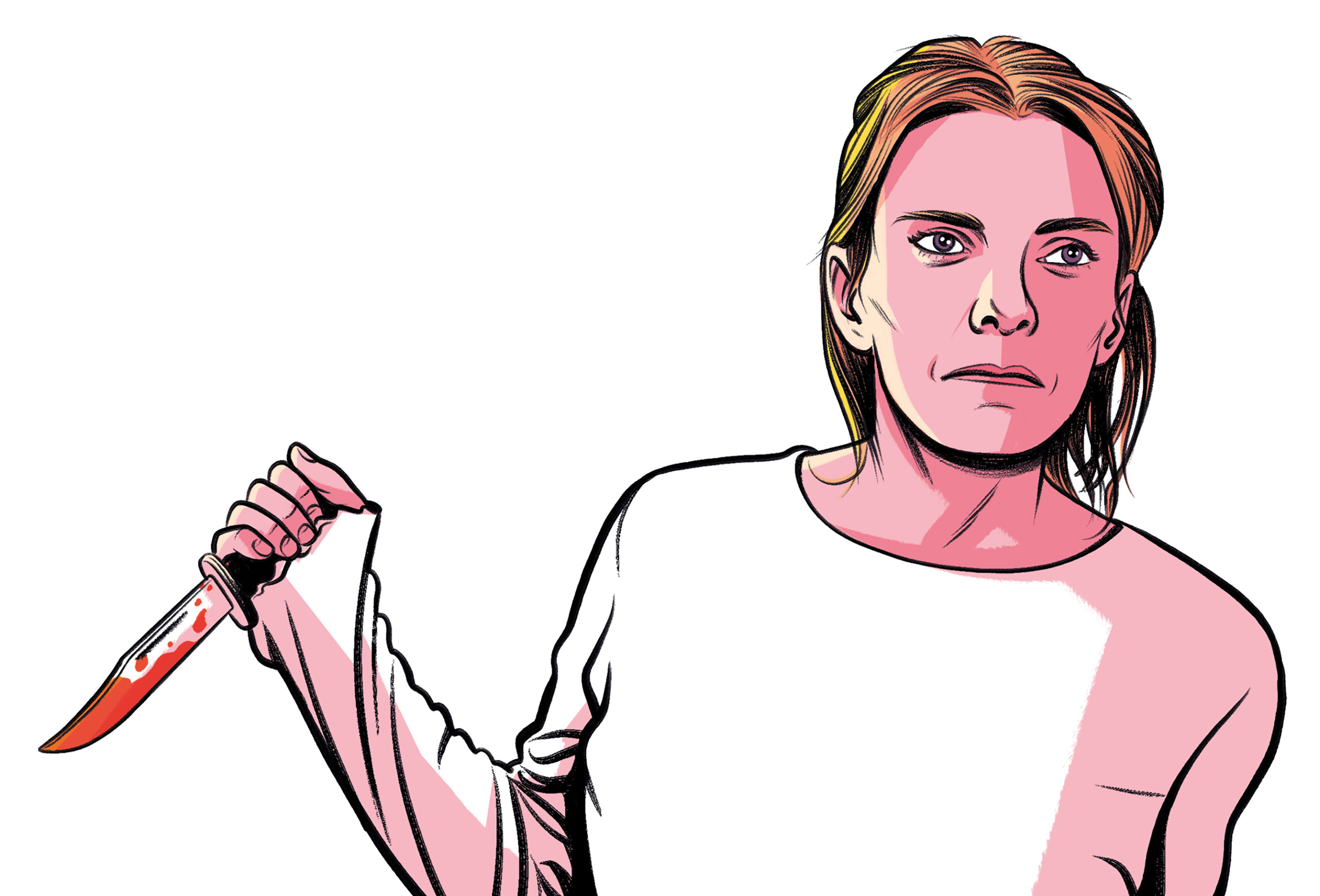
The failure of these modern iterations of The Most Dangerous Game feel decidedly more pronounced in a time where global wealth inequality has never been higher. They gesture towards radical politics but that gesture is a non-committal hand wave.
A lack of political conviction is not an issue for 2019’s Bacurau. Largely a Brazilian social realist film set in the titular fictional town, its shift into more traditional American genre fare acts as a piece of meta-textual commentary. When an invading group of wealthy American hunters arrive to commit an act of colonial genocide on the town, they colonise the film itself. Their eventual defeat comes via a combination of solidarity, mutual aid, and the American’s own disinterest in the revolutionary history of the town itself. At every turn, Bacurau subverts genre expectations to deliver something that feels wholly unique.
Rewatching these films for this piece, I’ve been asking myself: Why do I care? What is it about these mutations of Connell’s story that I find so fascinating? The answer, I’ve realised, is fairly simple. The premise is such a potent allegory for the realities of wealth inequality - but told in an easily digestible, fun genre spectacle. It has the potential to radicalise its audience and even suggest a blueprint for resistance. It could be a perfect example of what the situationists called détournement - the act of hijacking and repurposing capitalist media culture and using it against itself.
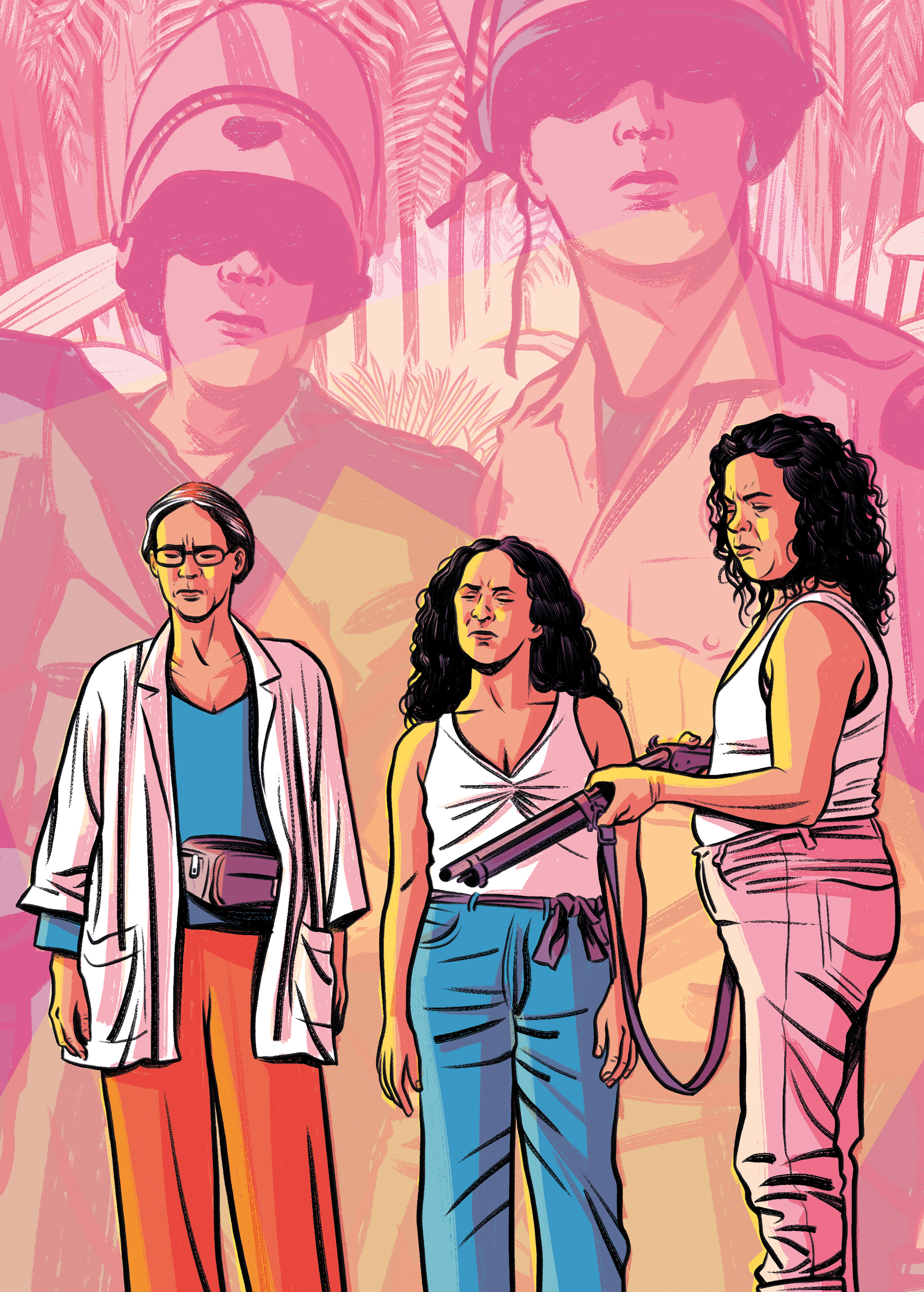
Peter Watkins’ Punishment Park is a sublime, transformative example of this kind of radical filmmaking. But more often than not, I find myself disappointed with the execution of these Bloodsport movies. Instead of détournement, these modern Eat The Rich films feel more like acts of recuperation - in which radical and subversive ideas are consumed and regurgitated by the mainstream. We are being sold diluted dissent back to ourselves by capitalism. And it tastes awful.
“If someone steps forward to critique the spectacle or capitalism itself, then the spectacle can subsume that appearance, that aesthetic, in order to turn it against itself and help to further sustain the spectacle.” - Guy Debord, The Society of the Spectacle
I still feel optimistic that these films have had subtly positive effects on our culture. The audience who grew up with The Hunger Games were taught a crucial lesson about propaganda, media literacy and manufactured consent. Those readers have grown up to be university campus protestors resisting the dominant media narratives about the Middle East.
Who knows what this generation will have to say with the next evolution of The Most Dangerous Game?
- When researching this piece, I spent a long time watching as many relevant films as I could. If you fancy digging in yourself, I made a letterboxd list of films in The Most Dangerous Game/Bloodsport sub-genre where you can find all the films I’ve discussed, and all the ones I didn’t.
- You can buy the beautifully printed Beneficial Shock magazine here. If you enjoyed my piece, there are a whole bunch of other excellent, gorgeously illustrated articles inside.
